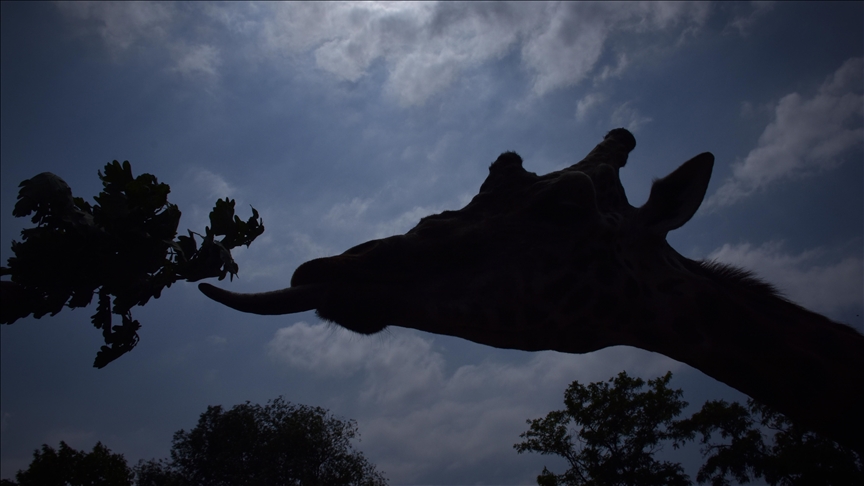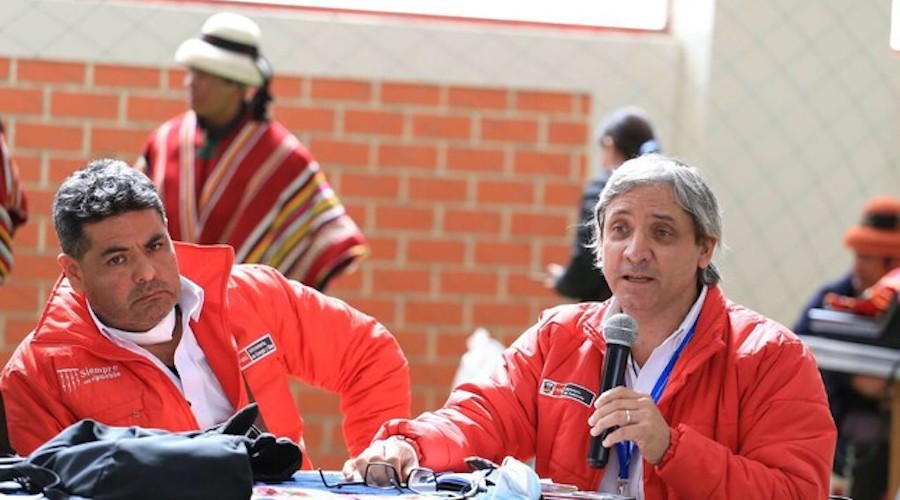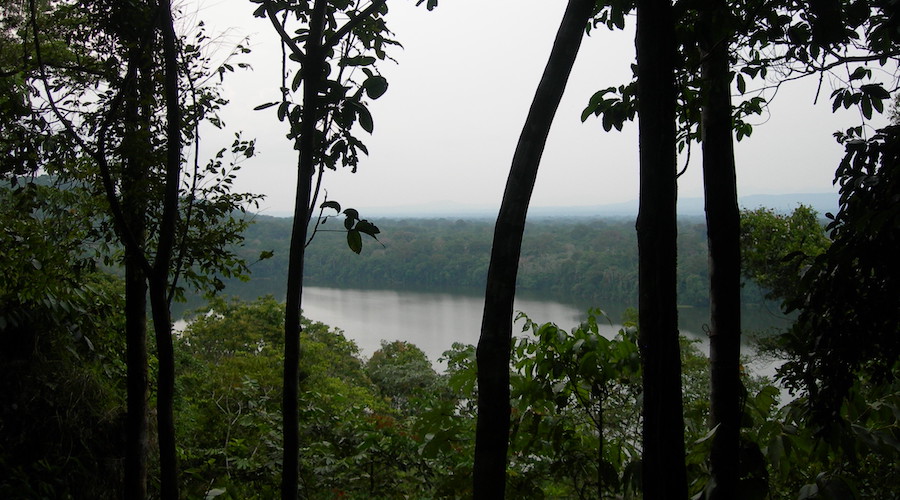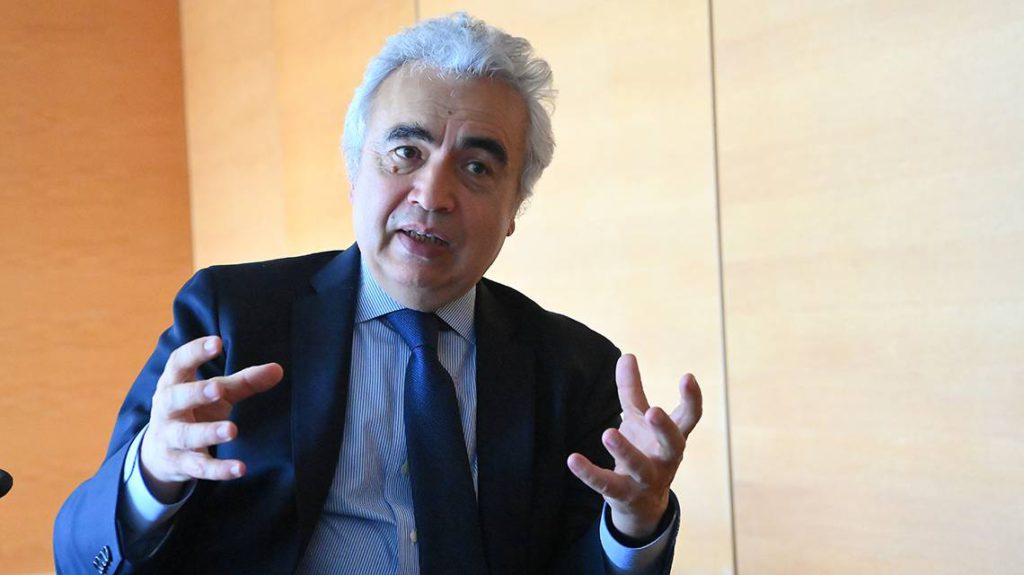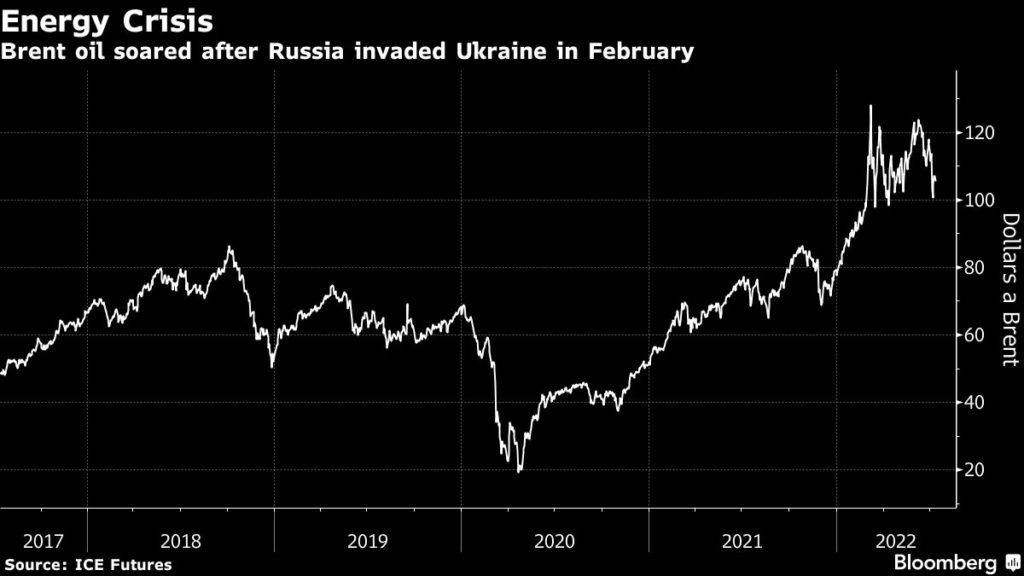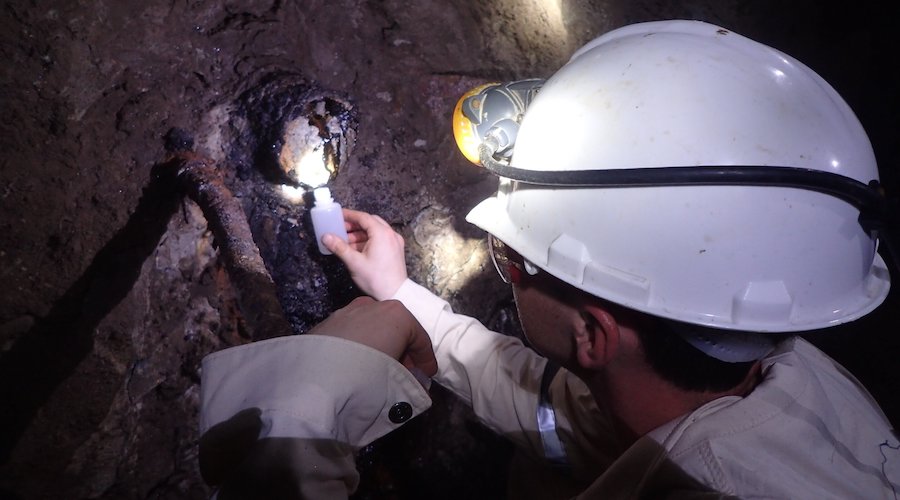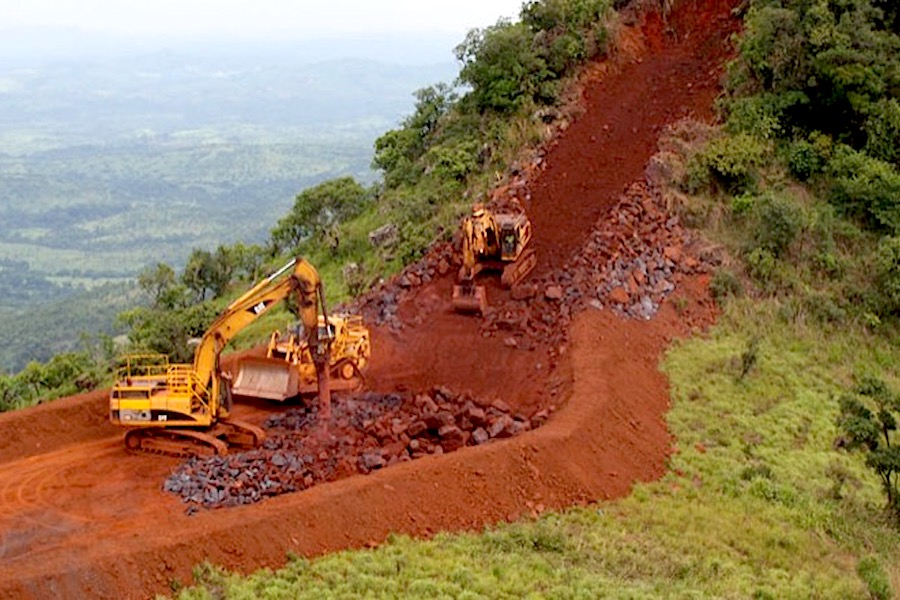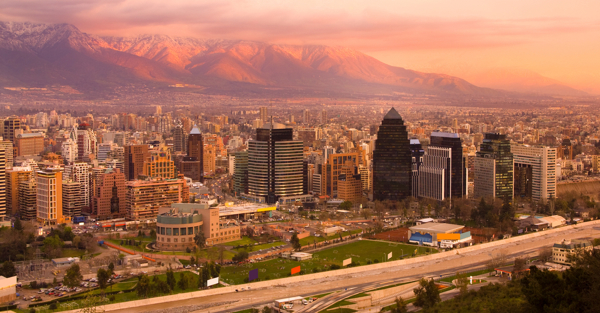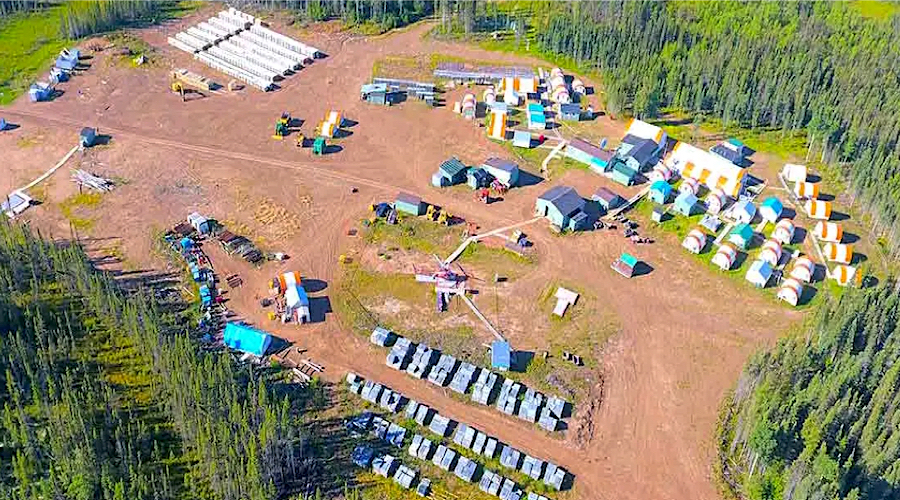Opinion: Welcome to the club of crisis nations, Germany!
Germany is now also in a state of permanant crisis, and it's in good company. As a result, it has become a bit more Brazilian, and a bit more normal. But that's no drama, says Astrid Prange de Oliveira.
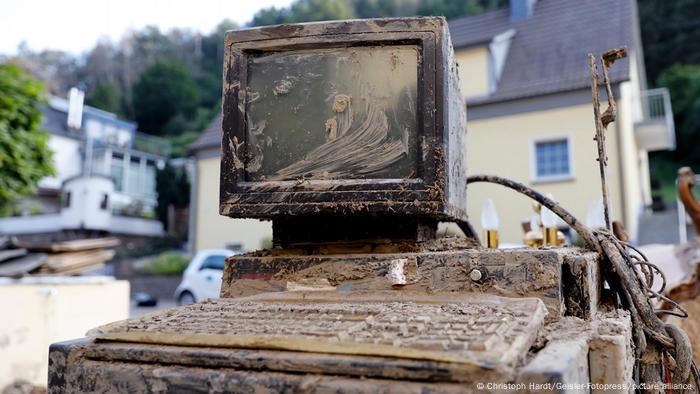
Computer says no: Germany now has its fair share of crises
Irritated, skeptical, astonished. Those were the types of reactions I got when I returned home to Germany during my time as DW's Brazil correspondent. "It must be terrible to live in Brazil," people would say, "High inflation, high crime rates, poverty, drugs, and the Amazon being destroyed at a record pace."
"How can you live in a country like that?" And worse still: "How can you love a country like that?"
Now I field those same questions from the other direction when I vacation in Brazil — an unmistakable indication of just how much Germany and its reputation abroad have changed.
'Alemanha' suddenly sounds different
When floodwaters devastated Germany's Ahr Valley last year, friends in Brazil wanted to send me donations. And now the threat of suffering cold showers this winter because Russia might turn off the gas! — a horrific thought for many Brazilians who like to shower a few times a day.
"Alemanha" — as the Brazilians call Germany, always commanded a certain admiration — and not only in Brazil. Germany is still considered a societal and business role model in many ways, but critical tones are becoming louder and I am increasingly forced to offer justifications for Germany and its problems, or explain its current situation.
Many of the people I talk to don't find that off-putting. Instead they often nod knowingly, as if to say, "I know what you mean," and welcome you to the club of crisis-ridden nations.
More Brazil in Germany
Just to be clear: The two countries' problems remain vastly different. I don't want to insult either Brazil nor Germany, nor do I want to overemphasize or downplay long-term crises in either country. My message is simply: Germany has become a bit more Brazilian since the fall of the Berlin Wall.
The coronavirus, war and terrorism, inflation and Brexit, the European debt crisis and climate change — national and international politics have been in permanent crisis for more than 20 years. Before governments have the chance to ask themselves what they have learned from one emergency, another pops up — all with no end in sight.
Despite its reputation and its hopes, Germany was never and will never be an island of blissful content. It's time to finally drop our old ideal. Germany is now in a state of permanent crisis, and as such, finds itself in good company.
How else could it be? Climate change doesn't stop at Germany's borders. And even if bombs aren't falling here the effects of the wars in Ukraine and Syria are leaving their mark. Add to that homemade problems like dilapidated bridges, slow internet, late trains, and shortages of teachers, healthcare workers and skilled laborers.
Exhaustion and resistance
Despite those troubles I love Germany as it is — just like I love Brazil. And there it is again, the question: Can you love Brazil if Jair Bolsonaro is its president? And Germany, despite the far-right Alternative for Germany (AfD)?
Yes, I can, because I admire German society for its ability to resist antidemocratic outbreaks and defend the rule of law. And I admire the many Brazilians fighting to maintain democratic institutions, especially those in the justice system who have continued to successfully fend off attacks by the president.
And despite being constantly stressed and exhausted by permanent political, economic, and social crises — I have to live with them. I can ignore, curse, fight or flee them, or I can simply surrender.
My time spent with street kids in Brazil taught me that change is possible even in the most intractable situations. It taught me that children with no prospects in life can call my pessimism into question, caused me to reflect. Such encounters, in the midst of crisis, can be existential. Because with crisis seemingly here to stay, little rays of hope and human warmth become more important than ever.
This article was translated from German by Jon Shelton


